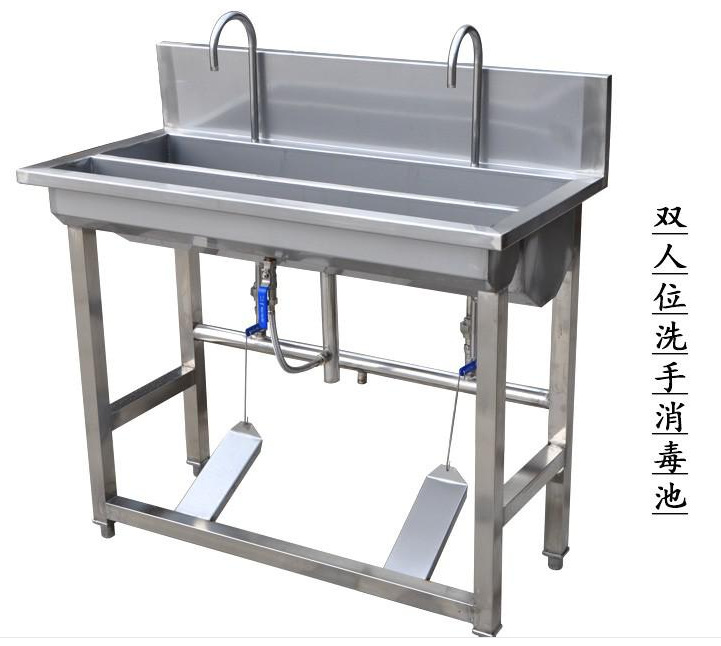fowl plucker
Nov . 17, 2024 00:49 Back to list
fowl plucker
The Fowl Plucker A Glimpse into Poultry Processing
In the bustling world of poultry processing, few topics spark as much curiosity and intrigue as the fowl plucker. This essential piece of machinery plays a pivotal role in transforming freshly slaughtered birds into the plump, featherless entities we often see displayed in grocery stores. Understanding how the fowl plucker works, its evolution, and its significance in the poultry industry provides insight into the intricate processes that underpin our food supply.
The fowl plucker’s design is both innovative and functional. At its core, it consists of a rotating drum lined with rubber fingers or pluckers that grip and remove feathers with efficiency. When a bird is placed into the machine, these fingers spin at high speeds, effectively dislodging the feathers from the skin. This process is not only faster than manual plucking but also helps maintain the quality of the meat by reducing the handling time and limiting contamination risks.
Historically, feather removal has always been a labor-intensive task. In small-scale operations, workers would painstakingly pluck feathers by hand, a method that was not only time-consuming but also required considerable skill to avoid damaging the skin. With the advent of the industrial age, innovations began to emerge. The first mechanical pluckers appeared in the early 20th century, revolutionizing the poultry industry by significantly increasing processing speeds.
The fowl plucker's evolution has paralleled advancements in technology. Early models were often steam-powered, leading to a higher output than hand-plucking, but they were not without challenges. Issues such as feather breakage, uneven plucking, and difficulty cleaning the machines plagued processors. However, as electrical engineering progressed, so did the design and efficiency of pluckers. Today’s machines are equipped with variable speed motors, customizable plucking fingers, and advanced cleaning systems, making them smarter and more efficient than ever.
fowl plucker

Sustainability is becoming an increasingly important consideration in poultry processing. Modern fowl pluckers are now designed with energy efficiency in mind, minimizing power consumption and reducing the carbon footprint of operations. Furthermore, as the industry moves towards more ethical practices, efforts are made to ensure that the processing of fowl is humane and meets high welfare standards. Manufacturers are responding to consumer demands for transparency and responsibility, further shaping the design and functionality of these machines.
Aside from efficiency and sustainability, another critical aspect of the fowl plucker is its impact on food safety. With the rise of foodborne illnesses associated with poultry, maintaining strict hygiene standards is essential in processing plants. Modern pluckers are engineered for easy disassembly, allowing for thorough cleaning and sanitization. This feature helps prevent cross-contamination and ensures that the end products comply with health regulations, safeguarding public health.
The fowl plucker is not just a machine; it represents a crucial intersection of technology, efficiency, and food safety in poultry processing. Its development over the decades reflects broader changes in the industry and society’s growing expectations regarding how food is produced. As consumer awareness continues to grow, the poultry industry faces the challenge of balancing efficiency with ethical practices, sustainability, and health safety.
In conclusion, the fowl plucker stands as a testament to human ingenuity in the pursuit of solving everyday challenges. From its humble origins in manual labor to the innovative machines we see today, it has become an integral part of poultry processing. By ensuring efficiency, sustainability, and food safety, the fowl plucker plays a vital role in delivering quality poultry products to consumers. It’s a small but significant component of the larger food production system, reminding us of the complexity and technology behind the meals we serve at our tables.
-
Hot Sale 24 & 18 Door Rabbit Cages - Premium Breeding Solutions
NewsJul.25,2025
-
Automatic Feeding Line System Pan Feeder Nipple Drinker - Anping County Yize Metal Products Co., Ltd.
NewsJul.21,2025
-
Automatic Feeding Line System Pan Feeder Nipple Drinker - Anping County Yize Metal Products Co., Ltd.
NewsJul.21,2025
-
Automatic Feeding Line System - Anping Yize | Precision & Nipple
NewsJul.21,2025
-
Automatic Feeding Line System - Anping Yize | Precision & Nipple
NewsJul.21,2025
-
Automatic Feeding Line System-Anping County Yize Metal Products Co., Ltd.|Efficient Feed Distribution&Customized Animal Farming Solutions
NewsJul.21,2025






